Living with a dog is fun, but cleaning up after them is a full-time job without pay. Many dog owners know the struggle of pet hair everywhere. But fur isn’t the only challenge; there’s also dander, allergens, and the noise and movement of vacuums that can upset even the calmest pets. From choosing the right vacuum to creating a dog-friendly cleaning routine, vacuums can do more than just pick up hair. They can help keep the whole home cleaner and make life easier for both you and your dog.

1. Yes, There Are Vacuums Made for Dog Hair
When you have a dog, loose fur is just part of life. It ends up on floors, carpets, and even furniture. Some days, it feels like no matter how much you clean, the fur keeps coming back. However, the good news is that there are vacuums designed to handle it.
So, what is a good vacuum for dog hair?
Well, such vacuums are often designed with pet owners in mind. These models usually combine strong suction power, brush systems made to pick up hair, and advanced filtration to trap allergens. Some models even feature tangle-free brushes that prevent pet hair from wrapping around the rollers. High-quality filters, like HEPA systems, can capture tiny particles, including pet dander and allergens, helping to keep the air cleaner.
2. Robot Vacuums Can Handle Dog Hair, But Choose Wisely
Dog hair has a way of finding its way into every corner of the house. Some robot vacuums can easily keep up with it, but others may struggle to keep floors clear. It really depends on the model and the features it offers.
Strong suction power and an effective detangling brush are two features that matter most when it comes to tackling pet hair. These elements help lift fur from deep in carpets and prevent long strands from clogging the brush.
Among a sea of robot vacuums on the market, the Dreame X50 Ultra Robot Vacuum is a wise choice. It features 20,000Pa Vormax suction and a HyperStream™ Detangling DuoBrush that lifts long pet hair without tangling. This makes it perfect for homes with high-shedding breeds. Plus, it's a 100-day auto dust emptying system that helps manage hair build-up, saving you time and effort.
3. Robot Vacuums Can Avoid Dog Poop
Do robot vacuums avoid dog poop? Cheaper models often do not, and they might drag the mess around your home. However, advanced models with AI vision systems and smart sensors can recognize and avoid solid obstacles, including pet waste.
Currently, robotic vacuum cleaners can recognize and steer clear of hundreds of objects. Take the Dreame X50 Ultra as an example: it can identify up to 200 different types of objects, including pet waste. Plus, its Smart Dirt Detection 2.0 can tell the difference between solids, liquids, and mixed messes. It can adjust cleaning depth, meaning it avoids accidents and still delivers a deep clean.

4. You Can Vacuum Your Dog - With the Right Tool
Dog hair gets everywhere, but grooming tools can help reduce the mess. Some vacuums have special attachments designed for grooming dogs safely. These tools gently remove loose fur and reduce allergens, collecting hair before it spreads around the house.
For example, look at the Pet Deshedding Tool that the Dreame Z30 Cordless Stick Vacuum comes with. It is designed to handle floating fur and comb through the coat, simplifying the grooming process. This not only reduces loose hair but also keeps dander and allergens under control, making your home cleaner and your dog happier.
5. Vacuum Fleas Off a Dog? Technically Yes, But…
Vacuuming can remove some fleas from a dog’s coat, but it’s not a substitute for proper flea treatments. A vacuum might pick up adult fleas, but it won’t catch eggs or larvae.
Also, vacuuming your dog’s coat may not be comfortable or safe unless done carefully. Fleas tend to hide deep in the fur or bedding. Flea control requires a mix of steps, including using flea combs, proper cleaning, and veterinarian-recommended treatments. Regularly cleaning your dog’s bedding, carpets, and home surfaces also helps reduce flea infestations.
6. Why Do Dogs Hate Vacuums (And What You Can Do About It)
Dogs may be scared of vacuums for several reasons. The noise, vibrations, and unpredictable movement can be overwhelming. Vacuums can sound loud to us, but dogs hear even more. Humans hear between 20 and 20,000 Hz, while dogs hear up to 45,000 Hz. What seems like a steady hum to us may feel sharp and uncomfortable to them.
Loudness also plays a part. Vacuums can reach up to 80 dB, which can be disturbing for dogs, especially those with past bad experiences with loud noises like fireworks or thunder. The way a vacuum suddenly appears and moves unpredictably adds to stress. This can trigger fear, barking, hiding, or even aggression.
To help your dog stay calm, try these simple things:
- Start with the vacuum turned off and let your dog sniff and explore it.
- Offer a treat and speak calmly when your dog approaches the vacuum, and let them connect the vacuum with something positive.
- Gradually introduce the vacuum sound at a distance.
- Keep sessions short and positive, slowly increasing time as your dog adjusts.
- Try cleaning when your dog is in another room to reduce stress.
- Choose a quieter vacuum model or set no-go zones for robot vacuums if needed.
Dreame take:
If your dog jumps at every loud sound, a quieter vacuum can make life easier for both of you. For instance, the Dreame X50 Ultra Robot Vacuum can do a great job in noise reduction. Its shock absorption in the ProLeap™ System helps reduce noise levels, which is thus less stressful for pets. This allows for more comfortable cleaning sessions while still delivering strong performance.

7. How Often Should You Vacuum with a Dog? More Than You Think
Dogs shed hair, track dirt inside, and bring in allergens. To keep your home clean, you should vacuum at least a few times a week. In busy homes or with multiple pets, daily vacuuming might be needed. Below, take a quick look at how often you should vacuum:
| Home Type | Vacuuming Frequency |
|---|---|
| Small home, 1 dog, low shedding | 2–3 times per week |
| Small home, 1 dog, high shedding | 4–5 times per week |
| Large home, multiple dogs, low shedding | 4 times per week |
| Large home, multiple dogs, high shedding | Daily |
| A busy home with kids and dogs | Daily |
Robot vacuums can help by running on a set schedule, saving you time and effort. They can clean daily, even when you are away. Keeping up with vacuuming helps remove fur, dust, and dander, making your home fresher and healthier for both you and your dog.
8. Air Quality Matters
When living with a dog, keeping the air clean is as important as cleaning floors. Dog hair and dander can make the air dusty and full of allergens. A good vacuum with a strong filtration system helps trap these particles before they spread.
HEPA filtration systems set the gold standard for allergen control, capturing microscopic particles like dust, dander, and bacteria with 99.99% efficiency, down to 0.1 microns in size. This makes them indispensable for maintaining air quality, particularly in homes with shedding pets. Many vacuums, including Dreame Z30 Cordless Stick Vacuum, exemplify this technology, using its advanced HEPA system to trap dust, dander, and even bacteria, leaving the air fresher. For dog owners managing allergies or asthma, such targeted filtration transforms routine vacuuming into a proactive health measure.
9. Different Vacuums Cause Different Dogs' Behaviour
Not all vacuums affect dogs the same way. The type of vacuum you use can change how your dog reacts. Some dogs are scared of loud noises, while others get confused by the movement of a robot vacuum. Let’s look at how different vacuums may affect your dog’s behavior:
| Vacuum Type | Noise Level | Movement Pattern | Typical Dog Reaction | Notes |
|---|---|---|---|---|
| Traditional Upright/Canister | Loud (70–80 dB, high-pitched) | Human-controlled, somewhat unpredictable | Fear, anxiety, barking, hiding, and aggression | The most common cause of fear and stress |
| Robotic Vacuums | Moderate, motor noise | Autonomous, unpredictable | Avoidance, wariness, herding/chasing attempts | Confuses dogs due to autonomous movement |
| Stick Vacuums (Cordless) | Moderate (60–70 dB) | Human-controlled, flexible | Cautious, some barking or retreating | Quieter than traditional types, often tolerated better |
| Wet and Dry Vacuums | Moderate to loud (65–75 dB) | Human-controlled, limited movement | Mild anxiety, curiosity | Water movement noise may startle sensitive dogs |
| Handheld Vacuums | Low to moderate (55–65 dB) | Human-controlled, focused | Mild curiosity, possible approach for sniffing | Less intimidating due to size and noise |
| Central Vacuum Systems | Low (main unit far from the cleaning area) | Human-controlled, stable | Minimal reaction, possible mild curiosity | Quieter due to a distant motor, less disturbing |
Different dogs react differently:
- Generally, traditional upright vacuums are more likely to scare dogs because of the loud noise and unpredictable movements.
- Robotic vacuums, while quieter, can confuse dogs due to their paths and behavior.
- Cordless stick vacuums often strike a balance, being quieter and less intrusive, though some dogs might still be cautious.
- Wet and dry vacuums may surprise dogs with water noises.
- Handheld vacuums usually cause less fear due to their small size and lower noise.
- Central vacuum systems may be the least stressful since the main unit is far from the room.

Eight Quick Tips for a Cleaner, Fur-Free Home
Keeping a home clean with a dog is easier when you use the right methods. Try to apply some tips to keep your space free of fur and dirt:
- Use a vacuum with high suction and a pet hair brush to remove fur from carpets and upholstery.
- Run a robot vacuum daily, especially in high-traffic areas, to pick up hair and dirt before it spreads.
- Brush your dog regularly to reduce shedding. Doing this outside helps keep fur out of your home.
- Wash dog bedding often to prevent the buildup of fur and dander.
- Use a vacuum with a HEPA filter to trap allergens and keep the air clean.
- Vacuum high-shedding areas like couches, rugs, and pet play zones more frequently.
- Consider using a wet and dry vacuum for messes that include mud or spills.
- Teach your dog to relax near vacuums to reduce stress during cleaning time.
These steps, simple as they might seem, can help keep your home fresh, healthy, and welcoming for both you and your dog.

Final Thoughts: Keeping Your Home Clean and Your Dog Comfortable
Dog owners know how much hair, dirt, and dander can collect in a home. The right vacuum and cleaning habits can make all the difference. You can keep your home fresh and fur-free while helping your dog feel more comfortable around vacuums.
Explore Dreame’s vacuum lineup to find a model that fits your cleaning needs and makes life with your dog a little cleaner and a lot happier.
FAQs About Vacuums and Your Dog
Q1: Can vacuuming really reduce allergens in a home with dogs?
Yes, regular vacuuming can reduce allergens like pet dander, dust, and pollen. Using a vacuum with sealed filtration and HEPA-level filters captures fine particles that would otherwise spread through the air. This makes a noticeable difference in indoor air quality, especially for allergy-sensitive family members.
Q2: Should I vacuum before or after brushing my dog?
It’s best to brush your dog first. Brushing loosens and removes dead hair and dander. Vacuuming after brushing will pick up the hair and debris that brushing leaves behind. This approach helps reduce the amount of hair that spreads around the house.
Q3: How can I train my dog to stay calm around vacuums?
Start by turning the vacuum off and letting your dog sniff it. Use treats and calm praise to build a positive association. Gradually introduce the sound at a distance, increasing the exposure as your dog becomes more comfortable. Avoid forcing the interaction, and keep sessions short and stress-free.
Q4: Why do some dogs chase robot vacuums while others hide from them?
A dog’s reaction depends on personality and past experiences. Some dogs find the slow, unpredictable movement of robot vacuums intriguing and try to “herd” them, while others find the same movement unsettling and prefer to hide. Observing your dog’s behavior can help you adjust cleaning times to avoid stress.
Q5: Can vacuuming help reduce pet odors?
Yes, frequent vacuuming removes hair, dirt, and dander, which are sources of pet odors. Focusing on high-traffic areas, furniture, and dog bedding will help keep your home smelling fresh. However, deep cleaning carpets and fabrics periodically is also important for long-term odor control.















































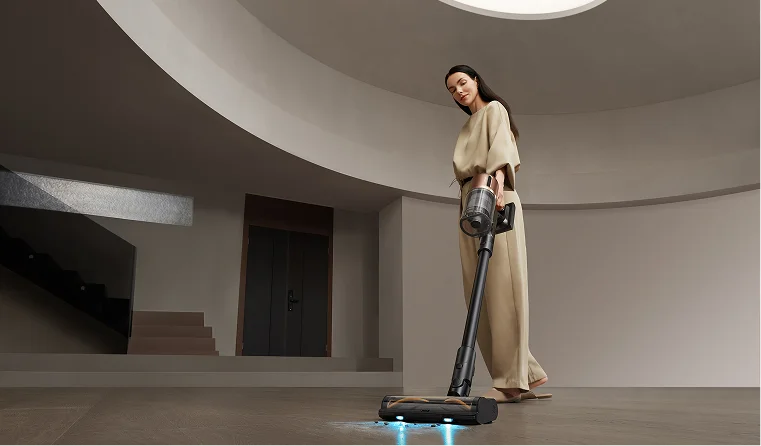
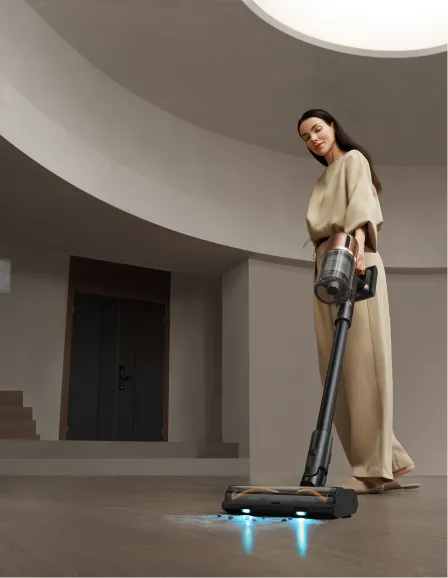

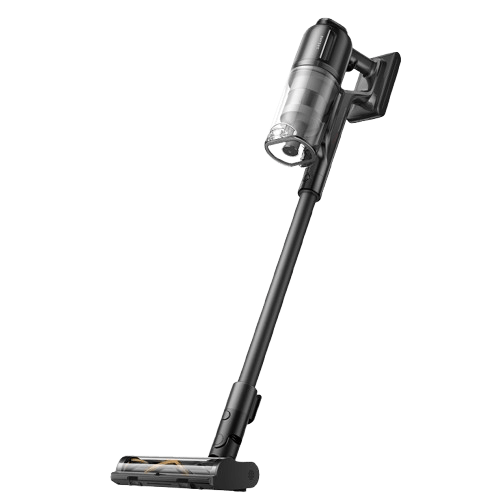

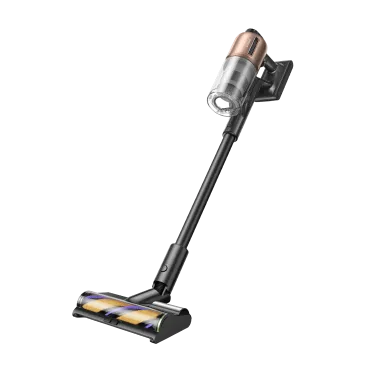
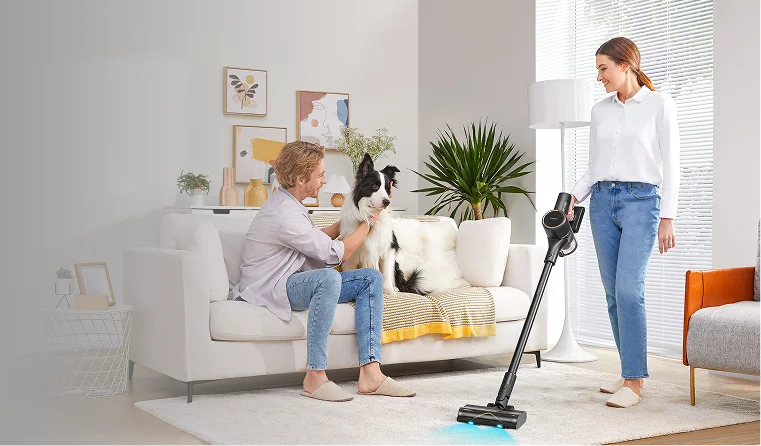
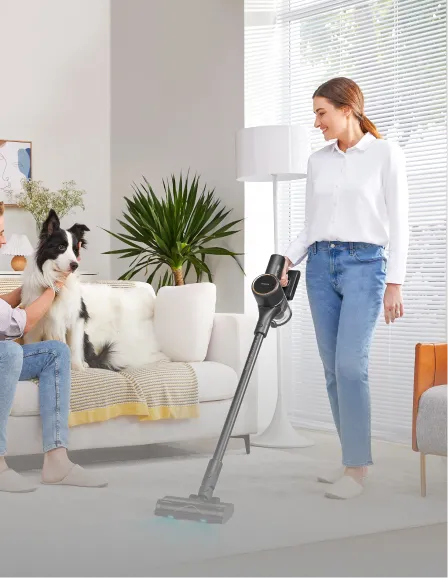
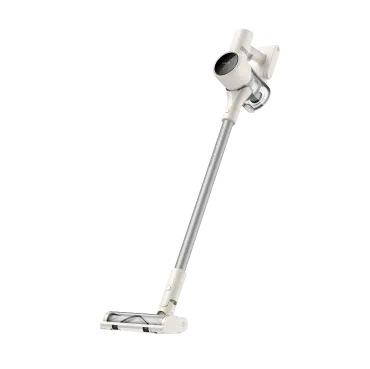
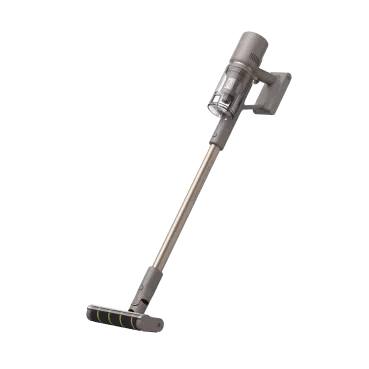
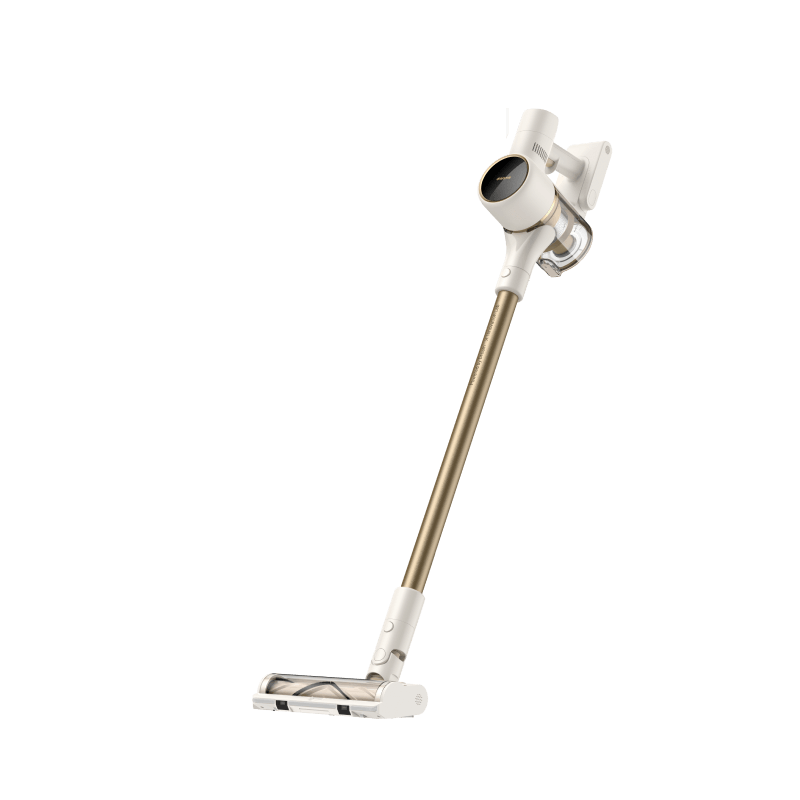
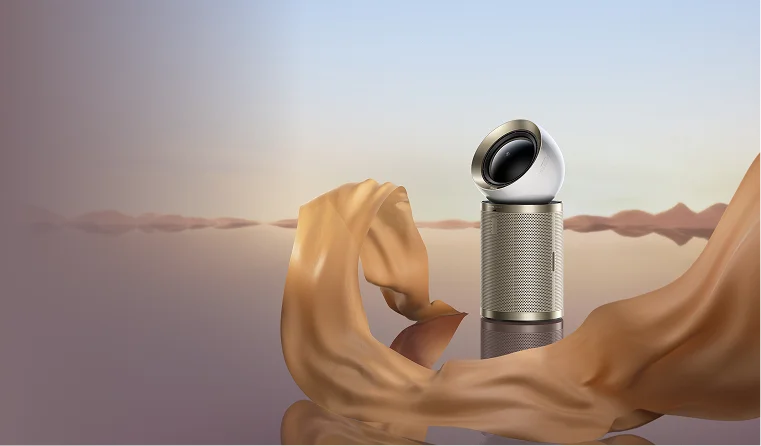
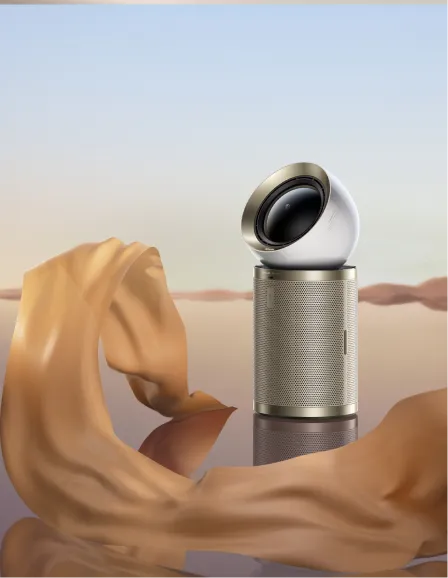

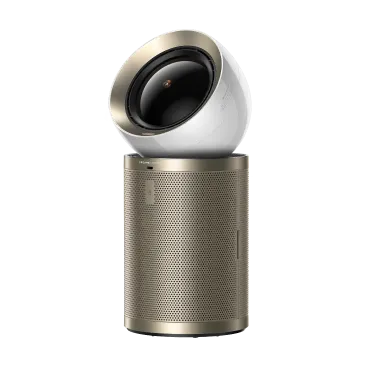

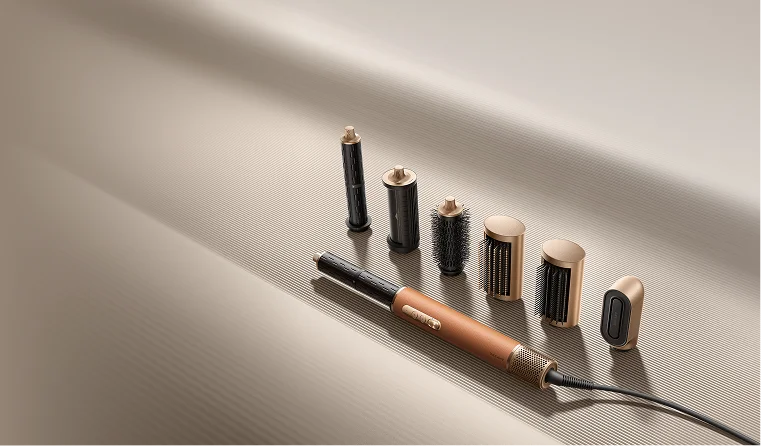
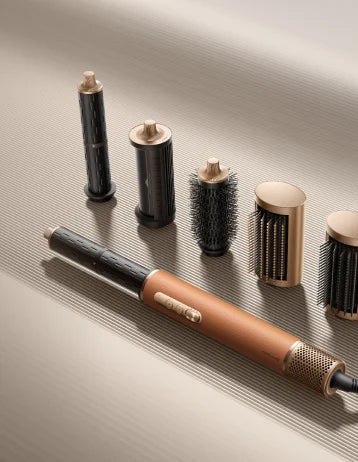
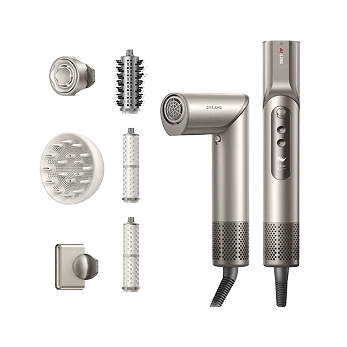
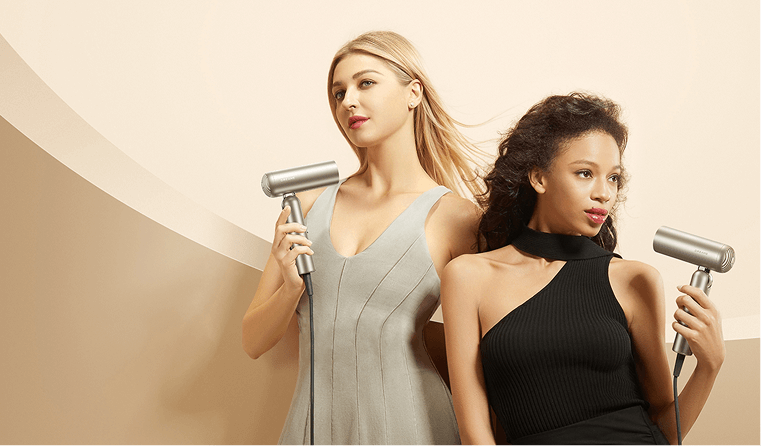

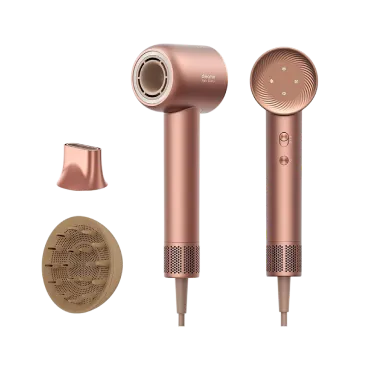
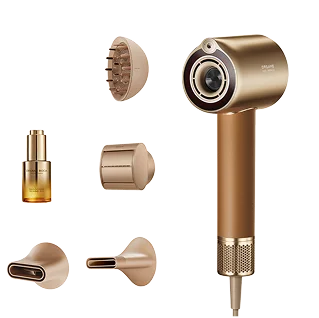




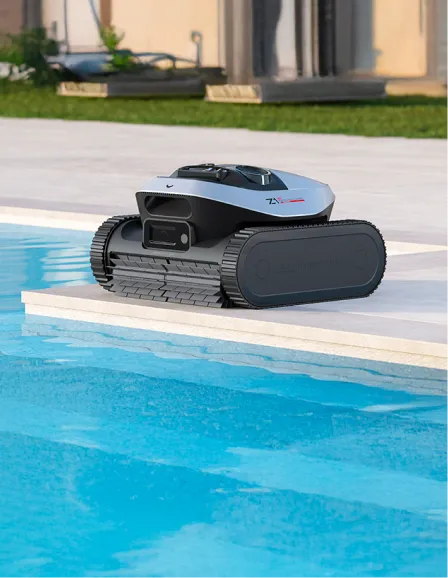
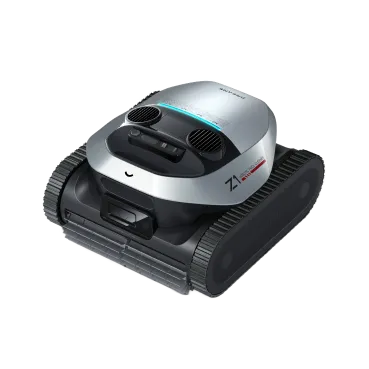
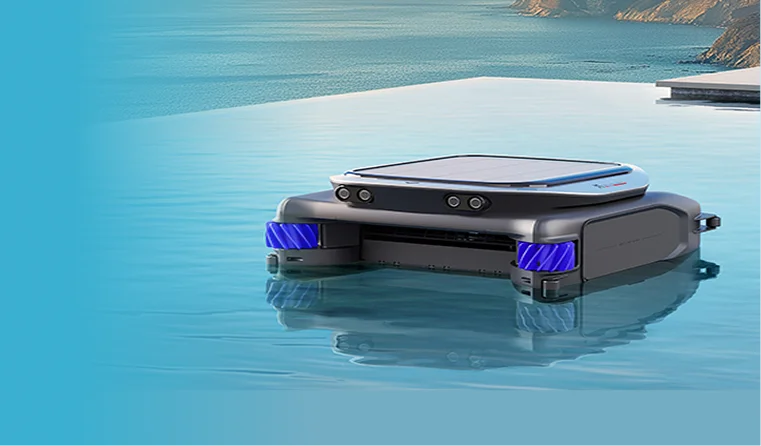











 Australia
Australia 中国大陆
中国大陆 日本
日本


 Türkiye
Türkiye


 Italia
Italia
 Netherlands
Netherlands Belgium
Belgium
 Greece
Greece Polska
Polska
 Norway
Norway
 Sweden
Sweden
 Finland
Finland
 Denmark
Denmark
 Hungary
Hungary Czechia
Czechia
 Slovenia
Slovenia
 Croatia
Croatia
 Switzerland
Switzerland United Kingdom
United Kingdom
 Canada
Canada



